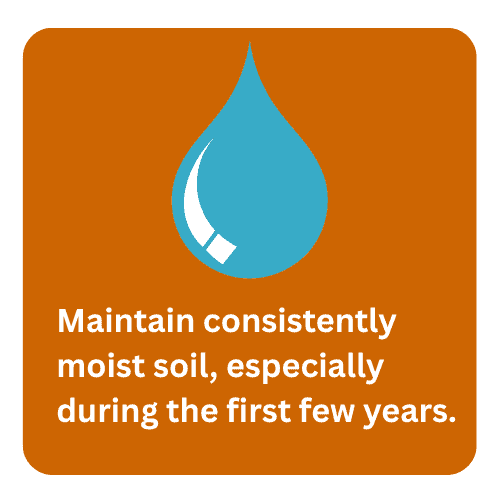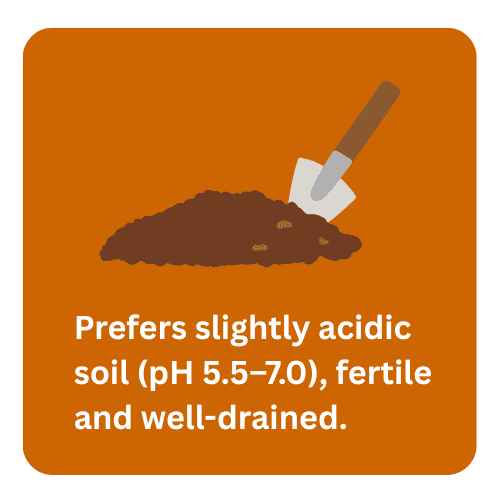Essential Tips for Successfully Growing Pawpaw Trees in your landscape
We get feedback that Pawpaw trees can be tricky to grow. We connected with local Louisiana expert Zach George to share some helpful tips for growing these wonderful native trees.
Why grow Pawpaw’s?

Pawpaw trees (Asimina triloba) are North America’s largest native fruit and one of its best-kept secrets. With custard-like fruit that tastes like a blend of banana, mango, and melon, Pawpaws offer a tropical treat that grows right in your backyard.
These small understory trees are perfect for home gardeners. They’re low-maintenance, naturally pest-resistant, and support native wildlife, including the larval stage of the zebra swallowtail butterfly. Pawpaws thrive in rich, well-drained soil with some shade when young, making them great for forest edges or mixed native plantings.
Best of all? Once they mature (in about 4–6 years), you’ll enjoy a short but sweet harvest season unlike any other. Whether you’re after fruit, habitat, or a conversation starter Pawpaw trees deliver.
How to grow Pawpaw trees.
Conditions are key with all plants. Each plant has their own requirements, but some can be pickier than others. Improve your success at growing them by understanding where these plants occur in nature and trying to replicate that in your space. Here are some specific tips for the Pawpaw tree.

Water:
Maintain consistently moist soil, especially during the first few years. Young trees need 2–3 waterings per week if dry or consider a slow drip irrigation method once a week that waters deeply to the tap root.

Light & Shade:
Young seedlings need partial shade, too much sun can scorch them. After the first 1–2 years, gradually transition them to full sun to optimize fruit production Ideal pattern: Understory planting under taller trees, then move into the sun as they mature.

Soil Requirements:
Prefers slightly acidic soil (pH 5.5–7.0), deep, fertile, loamy, and well-drained. Add organic mulch annually to conserve moisture and enrich the soil.

Planting Time & Method:
Best planted in spring (post-frost) or early fall, to reduce stress. Use deep pots or containers for nursery trees, Pawpaws have brittle, long taproots.
Advice from grower and consultant Zach George.

Pawpaws want other trees to create a natural diversity in the soil that is conducive to both growth and fruiting and to shade them while younger. These understory trees thrive in humid environments. A slow-drip watering method and mulch create a stable, moisture-retaining environment that mirrors their native habitat — a layered woodland floor. When planted on a north-facing slope or near structures that direct rainfall, they can benefit from the consistent moisture and protection from intense sun during early growth stages.
Pawpaws do not thrive in isolation. They prefer the company of other plants — a living system that supports both their root health and canopy development. Instead of frequent irrigation, a more focused strategy—watering the taproot directly on a weekly basis—can suffice, especially when supported by natural rainfall. Pawpaws develop deep roots and appreciate consistency more than excess.
Growing pawpaws is ultimately less about control and more about relationships. These trees respond best to observation, patience, and a willingness to listen to what they need over time.”

For us at LNPS this highlights an important factor, conditions are key with all plants. Each plant has their own requirements, but some can be pickier than others. Improve your success at growing them by understanding where these plants occur in nature and trying to replicate that in your space.
Pawpaw trees are wonderful trees to add to your habitat!
Thank you Zach for taking the time to collaborate with us for these awesome native trees!

